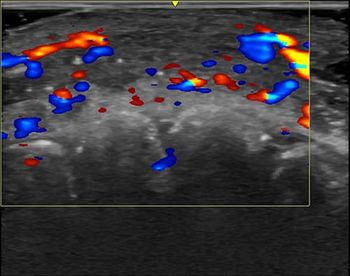
Students Learn Appropriate Imaging from Elective Radiology Course
Medical students who followed a three-day elective course covering the ACR Appropriateness Criteria were more knowledgeable about appropriate image utilization.
A three-day elective radiology course for second-year medical students improves their knowledge of appropriate image utilization, say researchers in an article published in the journal
Researchers sought to evaluate if a three-day interactive case-based elective radiology course would help medical students understand the American College of Radiology Appropriateness Criteria (ACR-AC) for patients who present to the emergency department.
The researchers looked at two groups of students who were tested on their case-based knowledge related to the ACR-AC guidelines. Twenty-four students participated in the elective course that covered the ACR-AC, comparative effective imaging, and risks associated with imaging radiation exposure. Twelve students comprised the control group. All students completed a pre- and post-test.
The results showed that of the 24 students in the test group, the average score was 3.45 correct questions out of eight before the course. The average rose to 5.3 questions correct after course completion. The control group’s correct response average was 3.08 in the pre-test and 3.09 in the post-test.
The researchers concluded that such an elective course would improve student knowledge of appropriate image utilization and perceived awareness of the indications, contraindications, and effects of radiation exposure related to medical imaging.
Newsletter
Stay at the forefront of radiology with the Diagnostic Imaging newsletter, delivering the latest news, clinical insights, and imaging advancements for today’s radiologists.




























